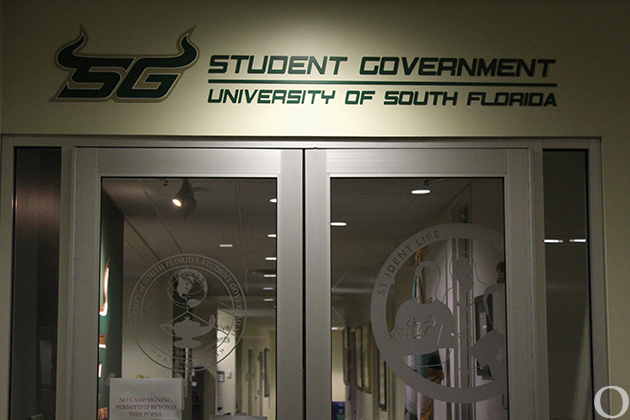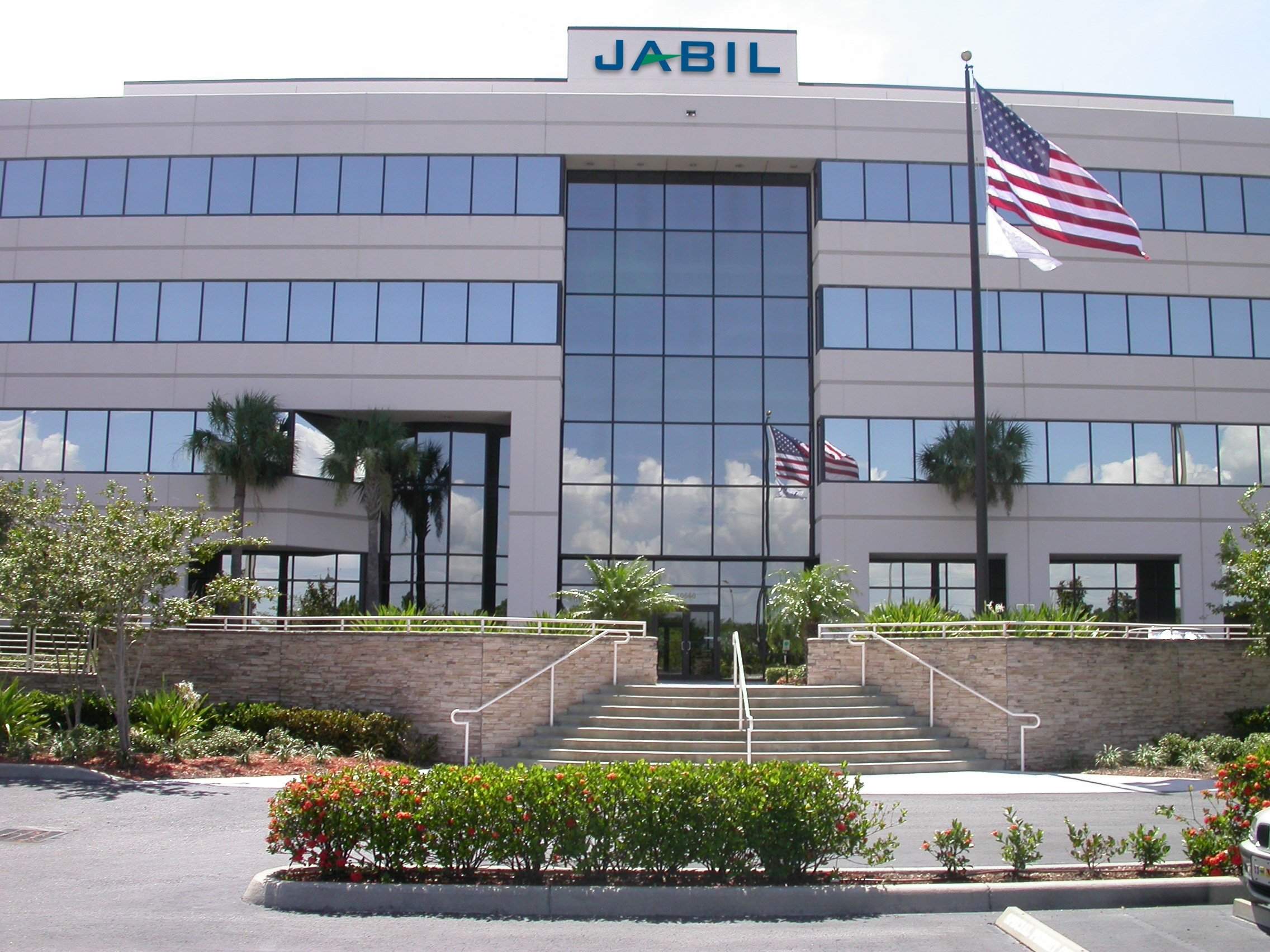Re-branding the herd
USF has long been attempting to change its image. It began with the desire to become less of a commuter school and more of a community-centered school – a school where students are filled to the brim with spirit, like those at UF or FSU. As the University nears its half-century mark, its quest has become to prove how much it’s grown, how much it’s improved and how much better it is than when it started.
To invigorate the students, USF’s administration has decided to completely revamp the school. In past years, the University hired specialists to develop a new logo – a process which took 18 months and several millions of dollars – added a University slogan (Touching Lives, Improving the World), leased the campus bookstore to Barnes & Noble, switched from a low-ranking varsity conference to one with more bang to its name and established Bulls Country in the greater Tampa Bay area. Still on the docket is the renovation of the Phyllis P. Marshall Center and a new Special Events Center.
Still, student spirit is weak.
These changes are also partially due to the fact that USF has grown so much. In 1963, the first graduating class had 325 students. In 2004, more than 8,000 degrees were awarded.
USF started as a small school built on an airfield in the middle of nowhere, perched on a local one-lane road called Fowler Avenue. Back in the day, USF’s Tampa campus was poised to become the arts and sciences school of Florida – that is, until its branch in New College took the cue and acted on it, depriving Tampa students of the one thing they were excited about.
In 1960, at the beginning of the University’s career, USF’s building count totaled five. Today, there are well over a hundred, spread out somewhat sporadically around the campus.
Somehow, the growth ratio of buildings doesn’t correspond to the amount of student involvement.
In all fairness, since USF’s conception many old programs have significantly progressed and new programs have been added.
The School of Architecture’s accreditation has been renewed for another six years, USF is ranked highly among research universities, the Moffit Cancer Center renewed its contract with the University, our engineering program is excellent, the Honors College program is at a certifiably high level and new dorms – as well as a long-overdue Greek row – have been added.
The one thing USF is still striving for is student involvement. Only about 4,000 students voted in last semester’s Student Government elections. Sporting events have had notoriously low attendance. Other events, such the Round-Up, draw a bare minimum of support, usually on the strength of those involved with the organization of the homecoming events.
Perhaps the disillusionment of students with their future alma mater stems not from apathy but from spite. Why support an organization that takes so much (at least in terms of tuition) and gives so little back?
In my case, this disgruntlement boils down to the fact that, with a major such as humanities, what I like to study has little economic value. When registering, for the fourth semester in a row I was in a bind to find a class in my department I haven’t yet taken. Another obstacle is finding classes required for graduation. After applying for a permit to join a class in the Fine Arts department, the section I applied for was closed – not full, closed. No one notified me.
I know it’s not the department’s fault. They simply have no money to offer classes to non-majors. With funding as scarce as it is and a building inadequate for an influx of interested students, all schools and colleges in the Fine Arts Hall are suffering.
Their suffering, needless to say, hurts everyone.
The struggle of the Fine Arts department is only a piece of the underfunding puzzle. While the University is pumping money into its lucrative efforts – essentially the entire west portion of campus – the heart of it is being neglected. Perhaps that is the reason why recent rankings of USF on a national level show the University dropping in quality of education (See “Breaking the ranking,” Aug. 31). Instead of investing in raising the overall quality of education by offering students options, the University focuses on student turnover, high graduation rates and high standardized test scores.
The bottom line is that students who aren’t happy with their education will not support the school they attend. Don’t get me wrong, I love my professors – I just hate that I can’t be their student more often.
For many, USF is the most economic option for attaining a higher education rather than a point of pride, as is the case with students attending other Florida colleges. USF’s blatant disregard for programs it nursed from the beginning isn’t just a shame, it’s a breach of tradition, something the University is supposedly trying to establish.
The facelift USF has been going through is just a minor cosmetic surgery, effecting change only on the surface. The real change, one involving the students in all aspects of academia, must involve a return to the University’s roots and the willingness to invest into fields that may not multiply the money, but certainly expand the mind.
Olga Robak is a seniorin humanities and the Oracle’s Executive Editor.





